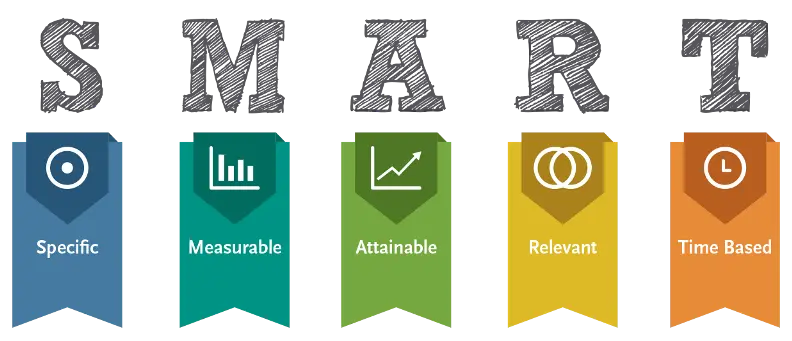We cannot become what we want to be by remaining what we are. After all, change is transformational by nature. Whether embarking on a site redesign or optimization of an existing one, there is no substitute for effectively setting website goals to establish new behaviours. This article will provide you with the insight needed to put your next breakthrough into motion using Google’s Universal Analytics (UA) as your guide.
The ultimate growth hack
Everyone stands to benefit from identifying both short and long-term goals. Goals are motivation and stimulate productivity improvements. They also lead to the development of strategies and tactics to achieve objectives.
That’s not to say you can’t go wrong with goals. Ineffective choices can actually lead you down the wrong path and distort what’s really happening. They cannot be expected to succeed because they that lack a clearly defined purpose and mission. Therefore, taking the time to establish the right goals is a wise investment. According to Hubspot, the number one reason for website failures is the lack of a clear objective. Even before launching into a lengthy redesign process, you should identify desired outcomes to guide you. With that in mind, let’s get started with a review the SMART method for establishing goals.
Establishing Objectives
Goal setting is the process of actively taking steps in order to achieve a desired outcome.
- Process Goals. Specific actions or ‘processes’ that support performance. 100% controllable.
- Performance Goals. A performance standard you set that cumulate towards an outcome. These are largely controllable.
- Outcome Goals. Based on winning. Difficult to control due to outside influences.
The focus needs to be on process and performance to ultimately accomplish outcome goals. As a result of breaking out both macro and micro results, you effectively bolster the building blocks to achieve your outcome. For example, the macro goal may be a service appointment booking or a sales enquiry. The micro goals are the steps along the way to make that happen – a button click or form completion.
SMART Goals
With the A concept initially outlined by management guru Peter Drucker in the 1950’s, the SMART method can help you establish website goals that matter to your business.

- Specific. What would you like to accomplish? Quantifiable business objectives for your website. Such as increasing the number of qualified leads, improving the sales conversion rate, or tracking customer satisfaction.
- Measurable. In order to determine progress towards an objective, it must be measurable. Common methods include using conversion rates found in Google Analytics, tracking the number of qualified leads through your CRM, as well as through the use of customer surveys.
- Attainable. Are the goals you establish both realistic and achievable? Aiming either too high or too low will likely lead to meaningless results.
- Relevant. Does the goal reflect your business needs? Is it aligned with objectives? An example might be improving customer satisfaction by 10% which feeds the desire for a 10% customer retention rate.
- Timely. Establishing a timeframe for goals is an important factor because it provides you with a clear target. Open-ended goals tend to fall short and are not particularly effective.
More Examples
Let’s have a look at a few examples of setting website goals to get you started.
Increase website traffic
Smart Goal: Increase website visitors by 15% this quarter by publishing weekly blog posts.
Measurement: Traffic entering the top of your sales funnel can be identified by the number of unique visitors filtered accordingly.
Reduce Bounce Rate
Smart Goal: Reduce bounce rate below 40% this quarter through speed optimization improvements.
Measurement: Bounce rate is the percentage of visitors who navigate away from the site after viewing only one page. This is tracked directly in your analytics account. Google also measures site speed performance. A general rule of thumb is to have a bounce rate below 40%.
Increase conversion rates
Smart Goal: Improve conversion rates by 10% this quarter using targeted calls to action on each page.
Measurement: Once you have established a goal or goal sets, conversions can be measured in analytics.
Conclusion
SMART, well-crafted website goals are important because they serve as a road map to effectively identifying the accomplishments that drive your business. By taking the time to establish measurable and realistic targets, you are putting yourself on an actionable path towards achieving sustainable growth.
Need help setting up goals for your website? Get in touch!

